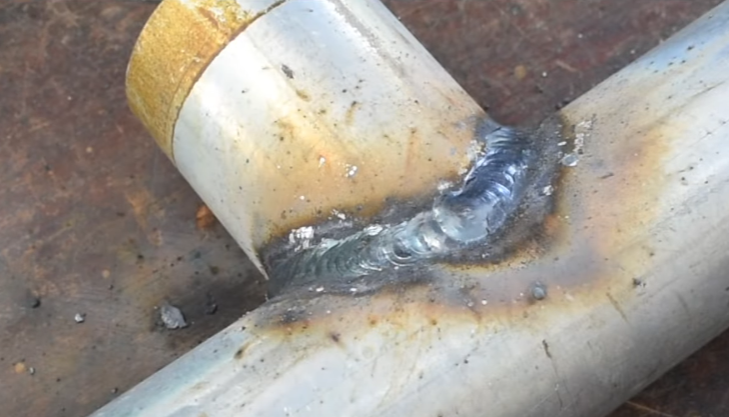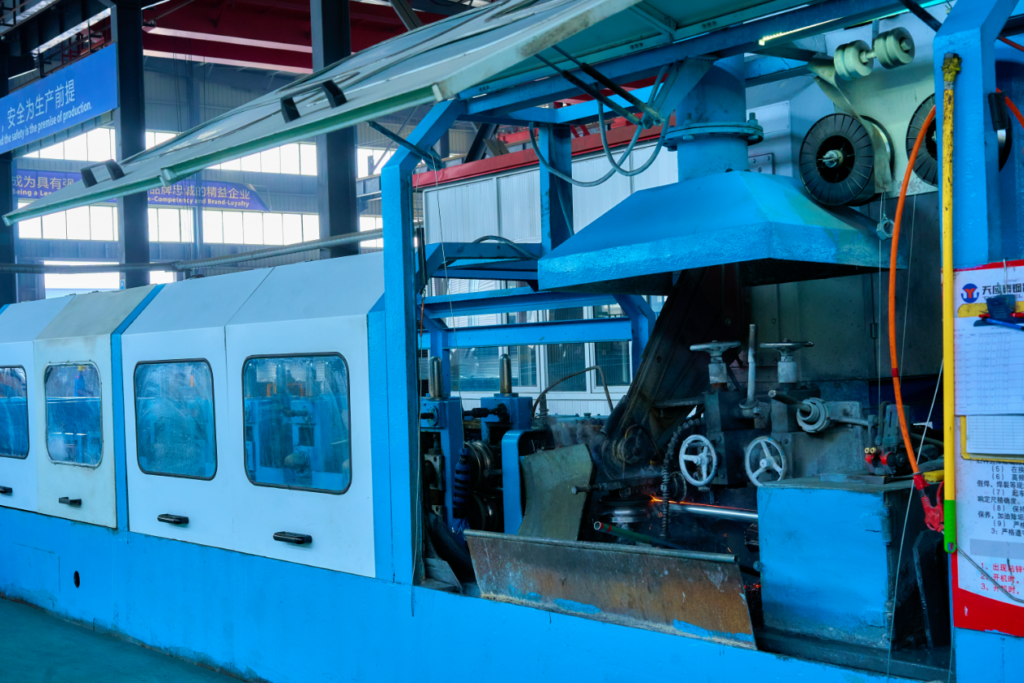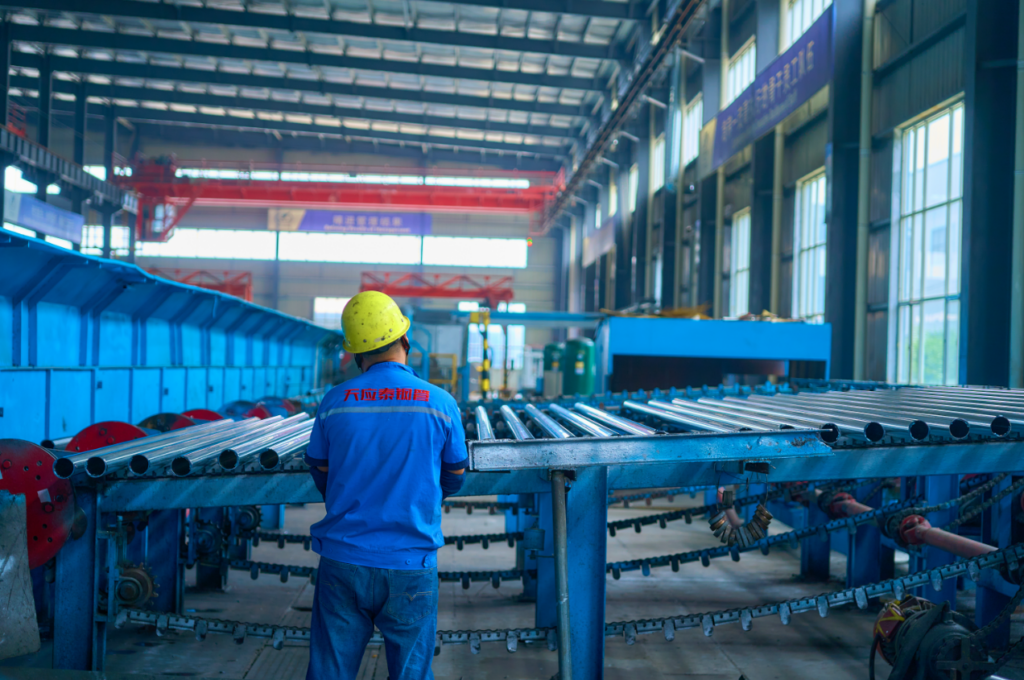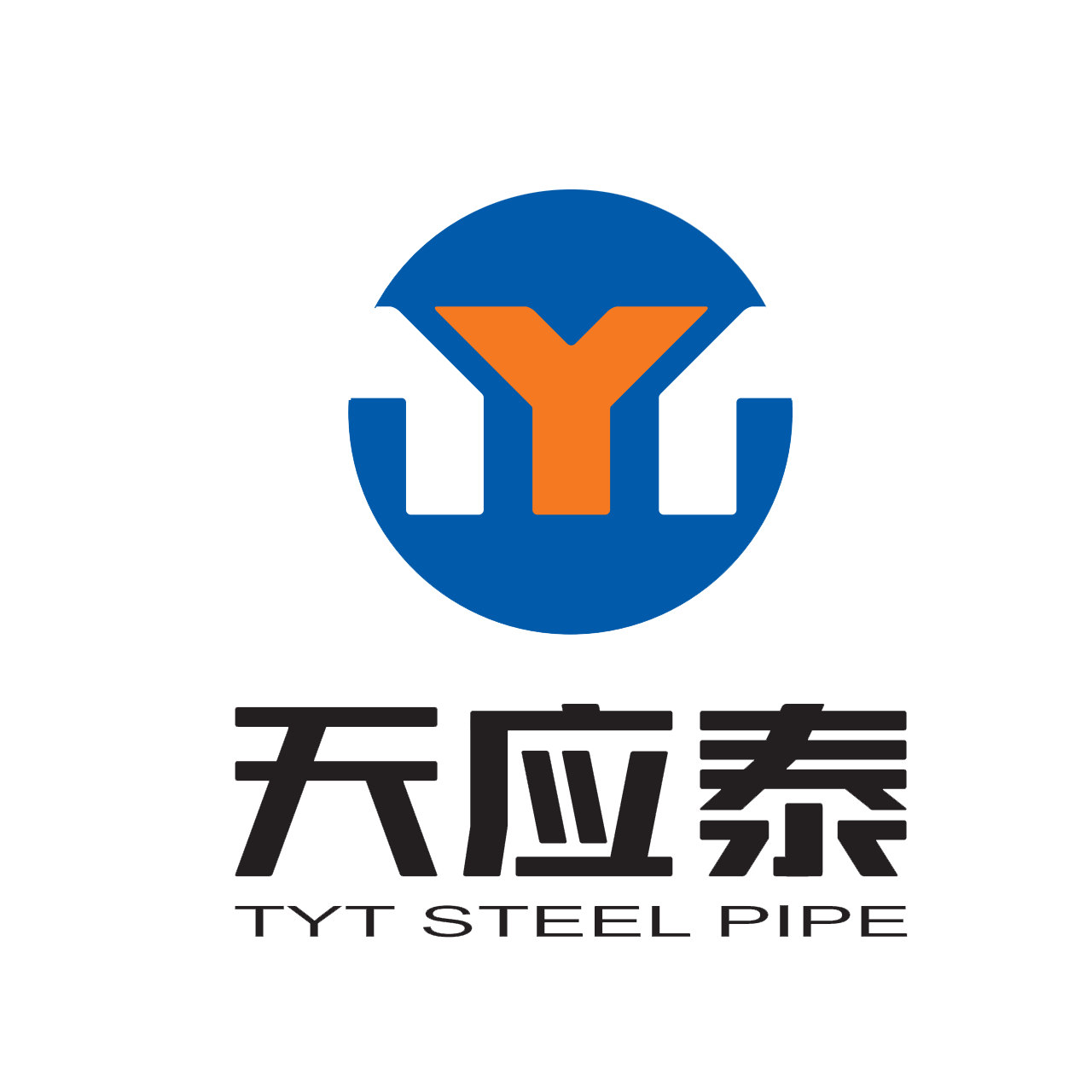Do i need to paint galvanized steel pipe?
The answer is: no need.
Because you buy galvanized pipe surface has been covered with a layer of zinc coating, so that the steel pipe and the atmosphere is isolated from the atmosphere to avoid direct contact with the atmosphere on the steel pipe and rust, has been protected. The zinc coating on the surface of the steel pipe, due to the relatively strong chemical activity of zinc, at room temperature in the air will form a thin and dense layer of zinc carbonate, to protect the zinc itself will not continue to be oxidized.
You can view this 2-minute video to get a quicker understanding of how galvanized pipe is galvanized before it leaves the factory
When should I paint my galvanized pipe?
Only when the galvanized layer is damaged, (such as steel pipe welding, joints, coating burned), the steel pipe is exposed to the air, the loss of galvanized layer protection, and then need to be repainted with antirust paint.

What kind of paint do you use on galvanized pipe?
If painting is indeed required, a primer suitable for galvanized materials (i.e. anti-rust primer) can be selected. Epoxy zinc yellow primers and epoxy ester zinc yellow primers (two-component) are suitable options. However, avoid using common alkyd iron red primers or epoxy iron red primers as these have poor adhesion to galvanized materials and may cause the coating to flake off. It is also important to note that alkyd-based paints should not be used as they can react with galvanizing, leading to coating failure and damage to the galvanizing.
Here are a few things you can consider during the pre-painting process:
| What kind of paint do you use on galvanized pipe? | *Phosphorized to increase coating adhesion. *Slightly sandblast smooth surfaces to help coatings adhere better. *Wipe the surface with a suitable solvent to remove grease and dirt and improve the cleanliness of the coating. |
| Choosing the right primer | To ensure coating adhesion and durability, it is critical to choose a primer that is suitable for galvanized surfaces. Epoxy zinc yellow primers and epoxy ester zinc yellow primers (two-component) are common choices. Avoid primers that are not compatible with the galvanizing material to prevent the coating from peeling. |
| Avoid inappropriate primers | Do not use primers normally used for other materials, such as alkyd iron-red primer or epoxy iron-red primer, as they are not suitable for galvanized materials and may cause adhesion problems. |
| Pre-application mixing and aging | For two-component primers, ensure that the primer and hardener are mixed accurately according to the manufacturer’s instructions. Then, allow appropriate aging time to ensure optimum performance of the coating. |
| Appropriate construction methods | Such as spraying. Ensure that the ambient temperature and humidity at the time of application meets the requirements of the paint for optimum application. |
| Thickness and Uniformity of Coating | Ensure that the coating is applied at a uniform thickness and is not oversprayed or undercoated. Overspray may result in cracking or flaking of the coating, and undercoating may result in an uneven coating that may affect appearance. |
| Prevent Saponification | Avoid using alkyd-based paints as they may saponify with galvanizing, causing coating failure and damage to the galvanized layer. |
Do you know what TYTSTEEL has done to improve the corrosion protection of steel pipes?
*Welding and scar removal process.
Our factory adopts China’s more advanced ERW welding process, the main principle is the use of high-frequency welding skin effect and neighborhood effect, so that the surface metal of the weldment to be welded to be quickly heated to achieve welding. His advantage is that the heat-affected zone of the weld is small and the heating speed is fast, which improves the welding speed and quality.
This process plays a key role in the anti-corrosion ability of steel pipe weld, we use two 1.5mm diameter, 99.99% zinc content of zinc wire, zinc filler for the weld, to ensure maximum anti-corrosion performance of the weld. What we can ensure with this process is that the weld seam is completely invisible on the outside of the steel pipe, and the weld seam is treated by us, and the anti-corrosion is also completely consistent with the rest of the steel pipe.

*Weld seam testing process
Our product quality control is quite strict, the staff will pick out the unqualified products individually, we degrade for the unqualified products, and absolutely not allowed to hit the finished package.

The most important thing is. Our production lines are all automated equipment to complete the whole steel pipe production, very mature, better ensure the consistency and standard of your products.
You can get a quicker sense of our professionalism on our YouTube channel! Of course, if you have any questions please feel free to contact me. (Looking forward to it! Contact today~~)
